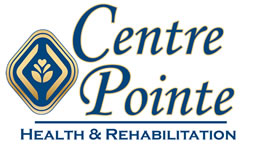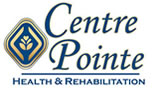Is You Bladder Interrupting Your Lifestyle?
A high percentage of Americans quietly suffer from bladder incontinence issues and don’t know what to do about it.
Overactive bladder affects at least 17 percent of women in the U.S., according to the most recent studies. But it could be more than the studies show because many people are too embarrassed to report the problem to their doctor. The University of Maryland Medical Center reports that, “Fewer than half of the patients’ who have urinary incontinence tell their doctor. In many cases, patients simply feel that incontinence is part of aging.” “When it comes to incontinence, many people think they have to live with their situa tion,” states Director of Rehabilitation, Frank Mutoka, “but there most certainly is help with bio-feedback therapy.”
Advances In Therapy Help Gain Bladder Control
You can learn techniques for normal muscle functioning. Bio-feedback devices teach patients to strengthen the pelvic floor muscles while at the same time relaxing their abdominal muscles. Patients learn how to use these muscles in harmony with a bio-feedback device that is so sensitive it will catch every in appropriate muscle contraction. Because you can see what is happening via a computer screen, you are more adept to single out the correct muscles. The monitor will show which muscles are contracting and which ones are at rest. Even those weak pelvic floor muscles can strengthen with the addition of gentle electrical stimulation.”
Recent advances in technology have produced extremely effective and reliable instruments that measure and respond to very slight changes in the body and are capable of feeding back via lights, sounds and meters, when minute changes in muscle tension occur. With practice under the care and guidance of a trained professional and with the data provided by the sensitive equipment, the patient can learn to improve their bladder control muscles and ultimately learn to control their physiological reactions.

